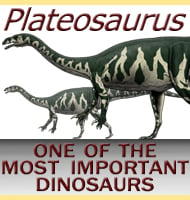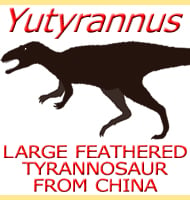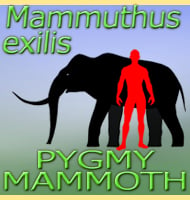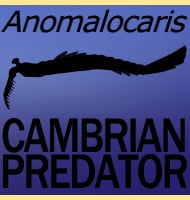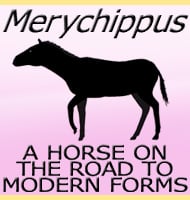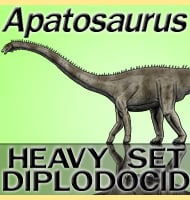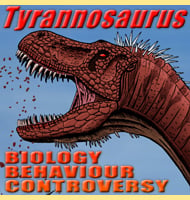In Depth
Palmulasaurus was initially named as Palmula when first described in 2007, but it was soon realised that Palmula was actually preoccupied by a genus of foraminifer (an amoeboid protist), hence the later addition of the Ancient Greek ‘saurus’ which means ‘lizard’. In 2007 Albright, Gillette and Titus also named of polycotylid plesiosaur from the same formation called Eopolycotylus. Both of these plesiosaurs may have been hunted by much larger pliosaurs such as Brachauchenius.
Further Reading
– Plesiosaurs from the Upper Cretaceous (Cenomanian-Turonian) Tropic Shale of southern Utah, Part 2: Polycotylidae. – Journal of Vertebrate Paleontology. 27 (1): 41–58. – L. B.Albright III, D. D. Gillette & A. L. Titus – 2007. – Plesiosaurs from the Upper Cretaceous (Cenomanian-Turonian) Tropic Shale of southern Utah, Part 2: Polycotylidae; Replacement names for the preoccupied genus Palmula and the subfamily Palmulainae. – Journal of Vertebrate Paleontology. 27 (4): 1051. – L. B.Albright III, D. D. Gillette & A. L. Titus – 2007.


